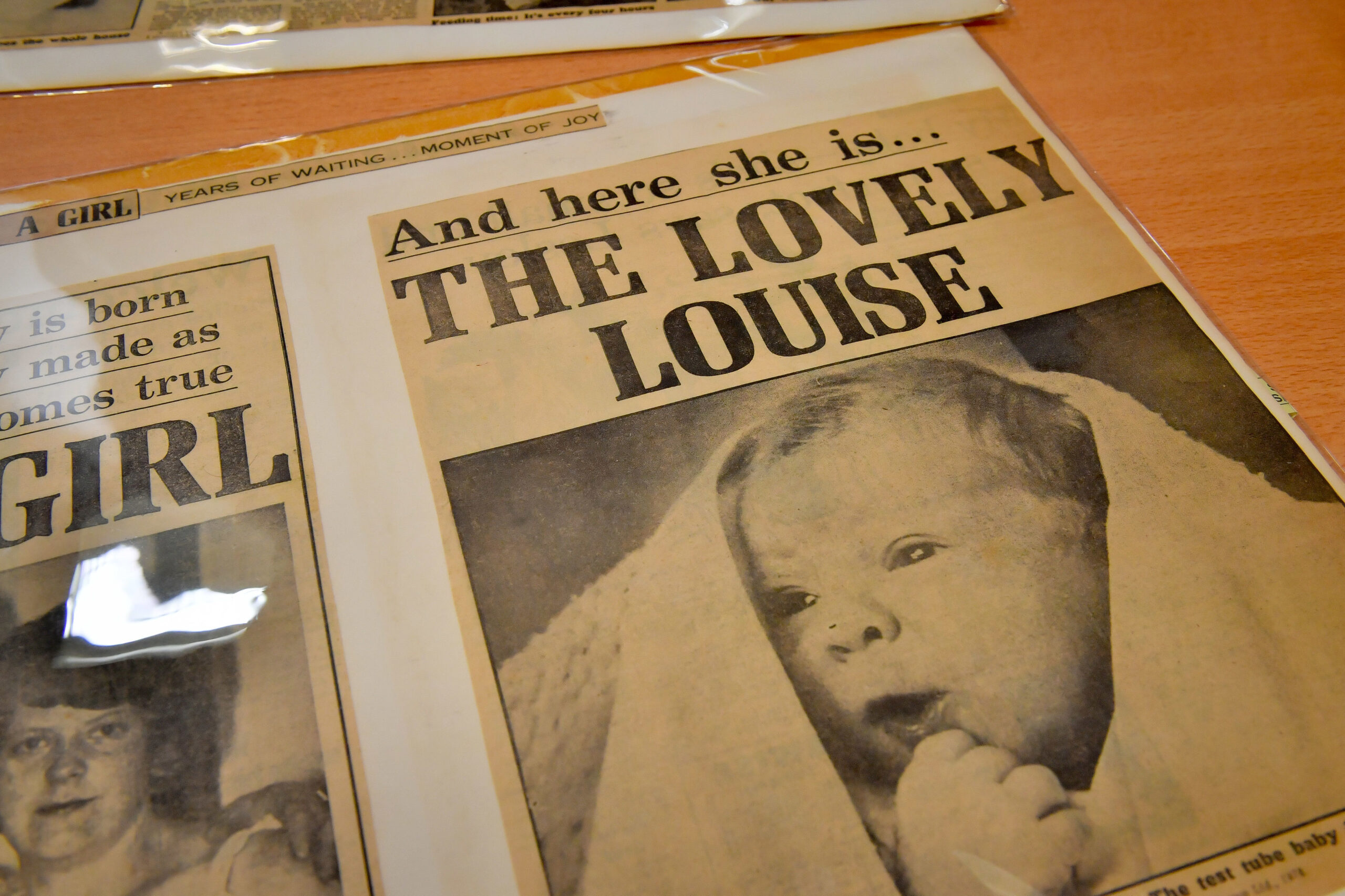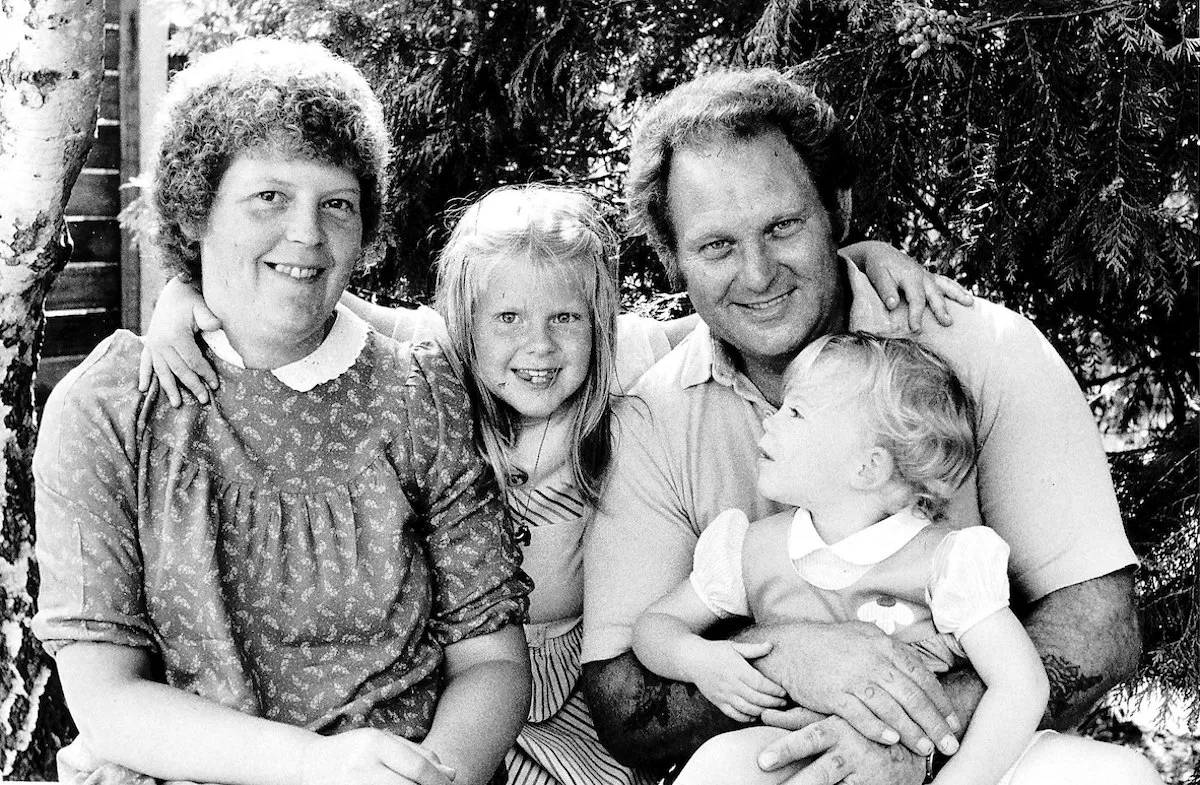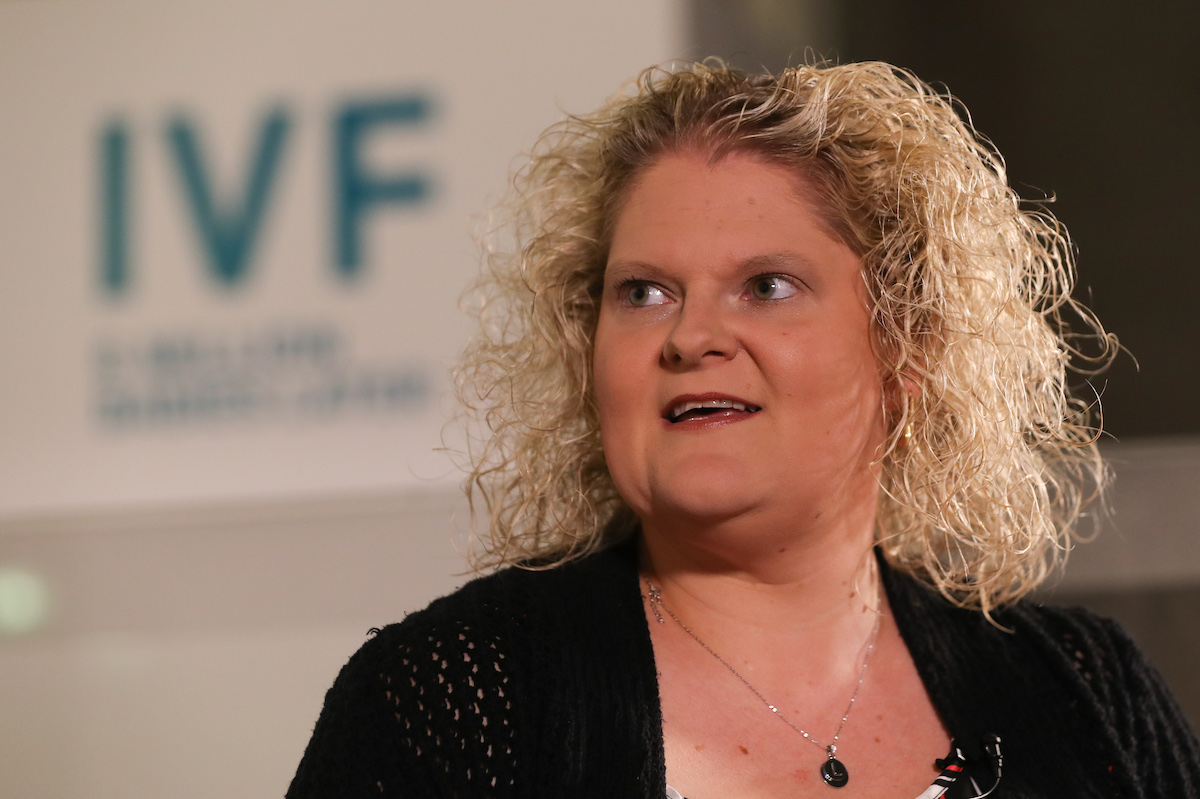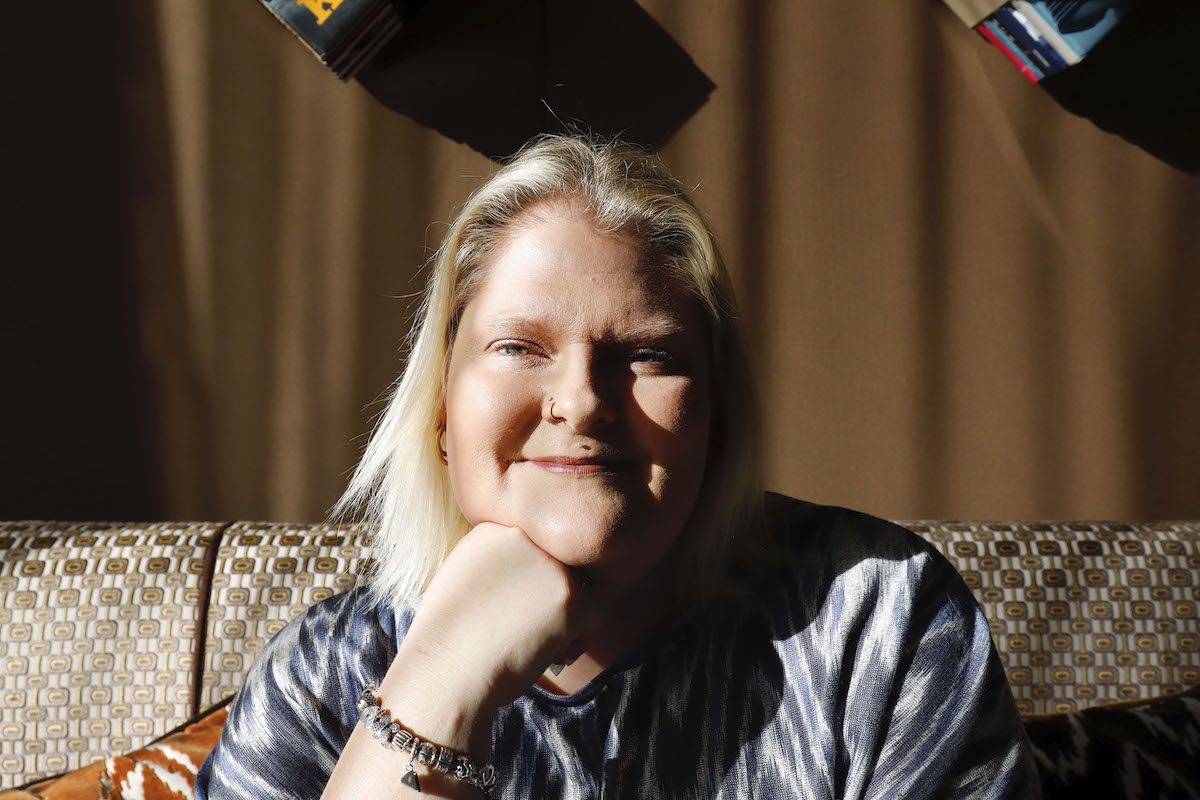Louise dominated the headlines at the time of her birth, and the press dubbed her the world’s first “test-tube baby,” though in reality, she was conceived in a petri-dish. Read on to learn more about Louise’s life and what she’s up to now. Louise Joy Brown’s parents tried to have a child for nearly a decade but were unsuccessful. Her mother had an obstruction in her fallopian tubes that made conceiving a child nearly impossible.ae0fcc31ae342fd3a1346ebb1f342fcb Frustrated by their inability to have a baby, they met with British gynecologist Patrick Steptoe and scientist Robert Edwards, doctors at Oldham and District General Hospital in Manchester, England, who were experimenting with a still-developing in vitro fertilization process. Steptoe, Edwards, and the hospital kept the IVF trials largely under wraps because they were concerned about being accused of “playing God” by other doctors and religious groups who questioned the morality of interfering with conception, Time reported. “We’re on a slippery slope,” British geneticist Robert J. Berry—a critic of the practice—told Time in 1978. “Western society is built around the family; once you divorce sex from procreation, what happens to the family?” But Louise’s birth also gave hope to thousands of families struggling to conceive children they desperately wanted. Unbelievably, after the Brown family’s first child was successfully conceived via IVF, they had a second child via IVF four years later—Louise’s sister, Natalie Brown, became the world’s 40th successful IVF birth. RELATED: Meghan Markle Reveals Pregnancy Loss in a Moving Personal Essay. Early on, doctors were concerned that babies born via IVF would be unable to conceive their own children, but both Louise and Natalie (pictured here with their parents) were able to do so without IVF. Louise and her husband Wesley Mullinder got married in 2004, and two years later, she gave birth to her first son, Cameron Mullinder, without medical intervention. “I don’t know if the fact that they tried so hard to have a baby had any effect on me, but I have always wanted children,” Louise told the Mail on Sunday in 2007. In 2013, Louise and her husband welcomed son Aiden Mullinder. Natalie became the world’s first IVF baby to conceive a child without IVF when she became pregnant in 1999, according to Stylist U.K. Today, she has five kids with partner Lee Derrick. RELATED: Women Athletes Are Calling Out the Olympics for Forcing Them to Do This. Louise currently works for a freight company and lives with her husband and two children in Bristol, England. In 2015, she published her memoir, My Life as the World’s First Test-Tube Baby. Louise is also a vocal proponent of IVF and works as a brand partner for several IVF clinics worldwide, including a clinic in India and the National Fertility Society in the U.K. “July 25th of 1978 changed the way the world viewed reproductive medicine,” she recently wrote on Facebook. “IVF continues to be the answer for all those who suffer from infertility. I am proud of you for choosing this path!” RELATED: For more up-to-date information, sign up for our daily newsletter. Today, around 8 million children have been born using IVF, according to the European Society of Human Reproduction and Embryology. As IVF has grown in popularity, it’s also grown in expense. Today, the average cost for a round of IVF in the U.S. is $10,000, Penn Medicine reports, and it’s often not covered by health insurance. Many couples have to endure multiple rounds of the pricey treatment in order to conceive. But for those struggling to become parents, the expense is worth it. In a 2018 interview with Time, Louise shared that she’s still feeling the effects of the difficult decision her parents made four decades ago. “A few months ago, I was in the supermarket with my husband and sons, and I heard footsteps running up behind me,” she told the outlet. “It was a woman, and she had a 4-year-old—the same age as my son—and a tiny baby in a pram. She said that she’d always wanted to thank my mum and me because, without us, she’d never have had those two. It makes you tear up.” RELATED: 50 “Rare” Events That Happen All the Time.



